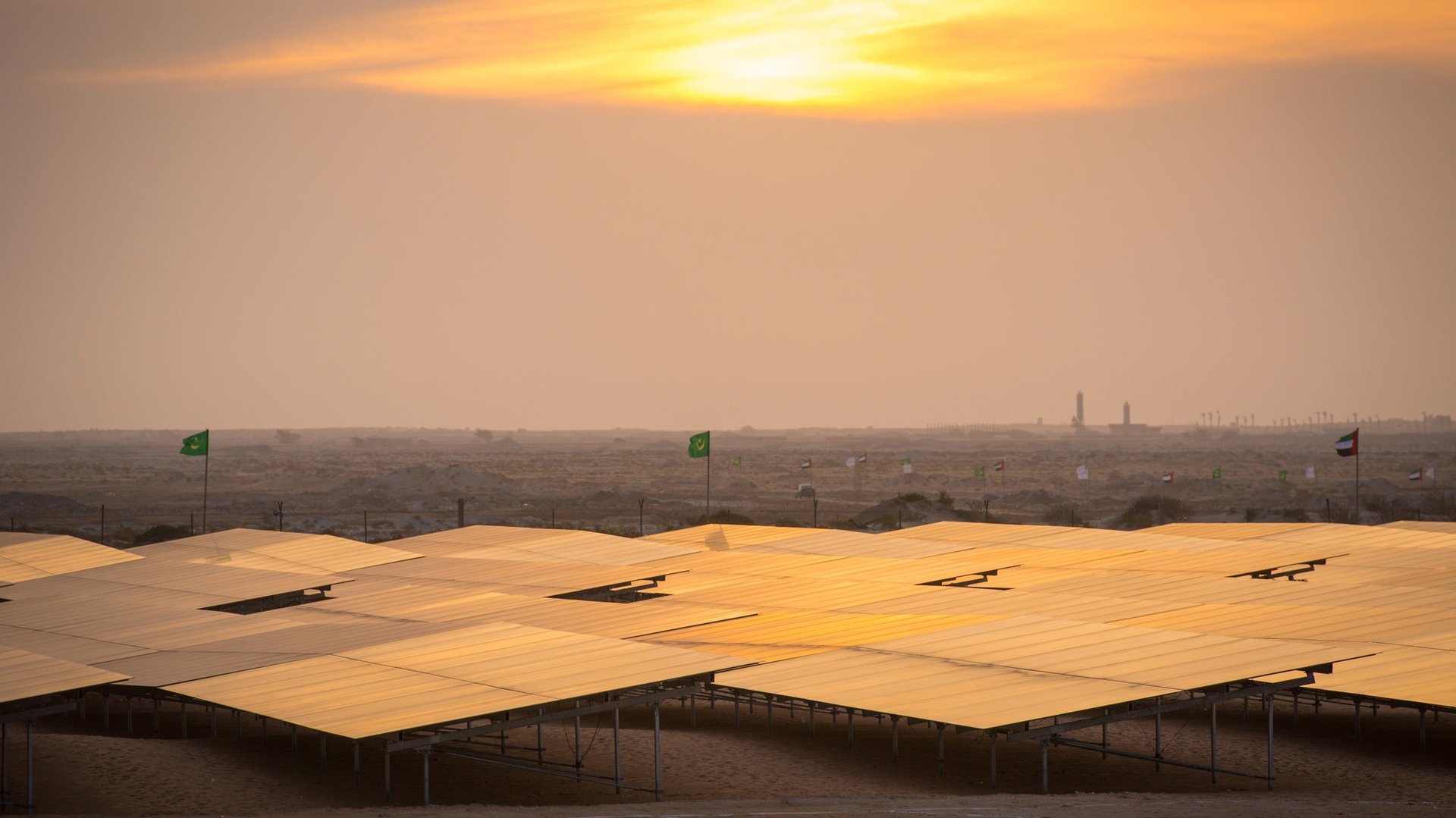The collapse of China’s photovoltaic industry will spark the next solar boom
The global solar industry may have hit the doldrums, but it could double again to a $155 billion business by 2018, according to Lux Research. The reason? As the Chinese manufacturers that supply most of the world’s solar panels struggle to avoid bankruptcy after expanding too fast, developers will use the resulting plunge in solar-panel prices to expand into new markets. That will soak up China’s excess capacity; so too will industry consolidation, as troubled manufacturers like Suntech and smaller companies go broke or are bought up.


The global solar industry may have hit the doldrums, but it could double again to a $155 billion business by 2018, according to Lux Research. The reason? As the Chinese manufacturers that supply most of the world’s solar panels struggle to avoid bankruptcy after expanding too fast, developers will use the resulting plunge in solar-panel prices to expand into new markets. That will soak up China’s excess capacity; so too will industry consolidation, as troubled manufacturers like Suntech and smaller companies go broke or are bought up.
“Manufacturers’ nightmare is actually a boon for the industry in the long term,” wrote Lux Research analyst Ed Cahill in a report out today. “As demand rises and capacity falls, overcapacity will drop to 12% in 2015, allowing manufacturers to raise margins and return to profitability.”
Basing its projections on an analysis of energy prices in 156 markets, Lux predicts that annual solar installations will hit 62,000 megawatts (MW) in 2018, double the figure last year. In the US, Lux expects a solar building boom over the next few years as developers rush to get their projects in before a tax credit for photovoltaic systems falls from 30% to 10% at the end of 2016. The US should install 10,800 MW of solar in 2018, making it the world’s second largest solar market. But the real action will be in Asia, where Lux projects 30,300 MW will be installed by China, India and Japan.
Growth in Europe, which has led the rapid expansion of solar energy in recent years, will slow as cash-strapped governments continue to cut subsidies for green energy. But demand from the Middle East will help take up the slack. Saudi Arabia, for instance, last year announced it’s seeking $100 billion to install enough solar generating capacity to meet a third of the nation’s electricity demand.
Solar developers will also want to keep their eyes on Africa. The market is currently tiny, but there’s a lot of room to grow. When Mauritania flipped the switch on a 15 MW photovoltaic power plant in April it was one of the continent’s largest solar stations. Lux predicts solar installations will grow 28% a year, with 920 MW installed in 2018. More than a third of that will be in South Africa.
South America will grow even faster at 40% a year, resulting in 20,000 MW of capacity installed in 2018. Most of that growth will take place in countries like Chile and Brazil.
Now for the caveats. The rosy projections depend not just on cheaper solar panels but also on financial wizardry. Schemes already exist for homeowners to lease solar panels, which are expensive to buy outright. But creating the capital for leasing schemes will require packaging those leases into asset-backed securities as government incentives expire in the US. The projections also assume that China will let its lower-quality manufacturers go bankrupt, rather than trying to keep them afloat; and that other governments won’t put up bureaucratic roadblocks to solar projects.